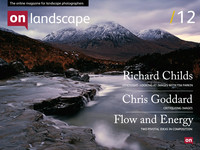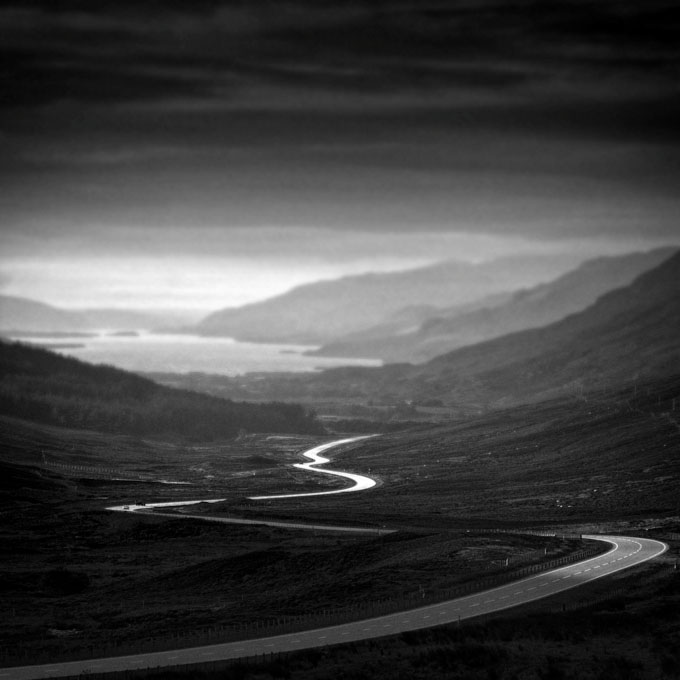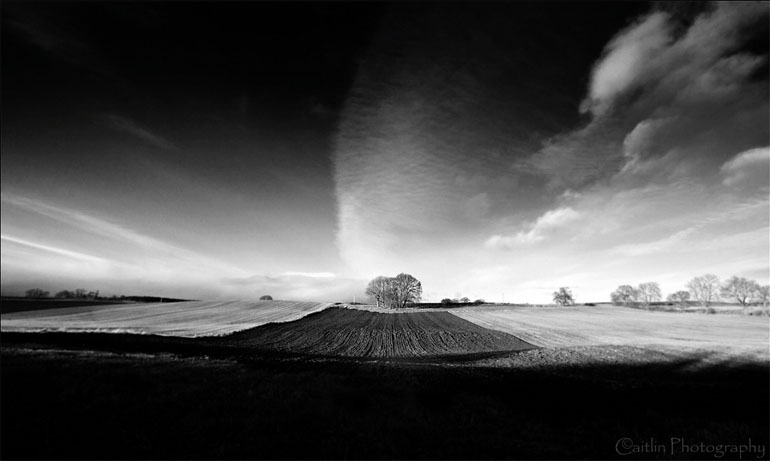Featured photographer
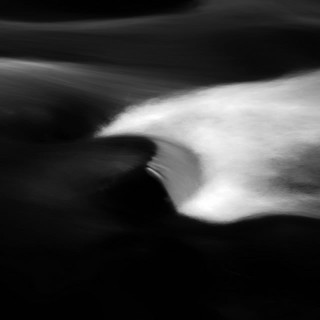 In most photographers lives there are 'epiphanic’ moments where things become clear, or new directions are formed. What were your two main moments and how did they change your photography?
In most photographers lives there are 'epiphanic’ moments where things become clear, or new directions are formed. What were your two main moments and how did they change your photography?
The idea of a narrative existing within a photograph intrigues me. A successful image can be as much about atmosphere and storytelling as about the subject and the composition. The novels of Neil Gunn, a Highland author best known for The Silver Darlings, lie dog eared beside the computer I work on and are a huge inspiration. This is from his 1937 novel ‘Highland River’; "A boy ran through a drift of scent. There was one scent, however, hardly noticed, that yet remains, perhaps, most characteristic of all: the scent of birches in May after rain. For this is not properly a sensuous scent; it has the tang of life and growth, pliant and powerful; it is the scent of briar grown up into the girth of trees; it pervades a whole strath; drifts on the currents of the air; at it's first waft nostrils tilt up and sniff with the action of a stag. In the hot emerging sun the trees are still wet and the clean acrid taste of the bark gets in the mouth; specks of bark and lichen are spat from behind wet lips, swept of the backs of hands, finger-combed from the hair, hunted from the small of the back. The earth breathes upward"
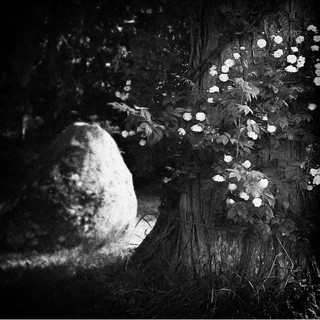 It's just such a wonderful evocation of moving through a landscape and the promise of Spring and change but also it reflects the experience of the photographer in trying to capture the shot. The smell of the seasons and the vegetation, the sweat on your brow as you clamber over rock and burn, getting caught in the undergrowth as you try to get the angle and composition you are after. The process of finding the photograph can be as rewarding and inspiring as the resulting image.
It's just such a wonderful evocation of moving through a landscape and the promise of Spring and change but also it reflects the experience of the photographer in trying to capture the shot. The smell of the seasons and the vegetation, the sweat on your brow as you clamber over rock and burn, getting caught in the undergrowth as you try to get the angle and composition you are after. The process of finding the photograph can be as rewarding and inspiring as the resulting image.
About 2 years ago I came across the work of a French photographer Philippe Marchand (http://www.philmarch-images.fr/index.php ) he has some beautiful ,grainy, black and white images of the west coast of France, I was immediately struck by the way he used selective focusing to draw the eye to where he wants it. Backgrounds and foregrounds are wonderfully blurred around the main subject and his work has great depth. Again, this forms a narrative to describe his chosen location. You can take in the backgrounds in his work as broad expanses of weather and geology that give the subjects location and space but they don’t ever compete with the main subject.
You studied craft and ceramics in Aberdeen. How did this course influence your photography?
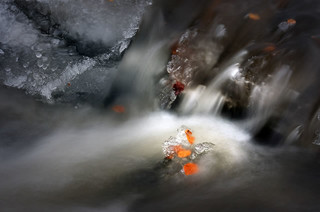 If I’m honest I’m not sure that it did it was so long ago. I’d always enjoyed drawing in pencil and charcoal and art school seemed the obvious choice. Funnily enough I’d shied away from colour even then but the course introduced me to all those fine artists that would perhaps later inspire me, however subconsciously , Henry Moore, Barbara Hepworth and Giacometti among many.
If I’m honest I’m not sure that it did it was so long ago. I’d always enjoyed drawing in pencil and charcoal and art school seemed the obvious choice. Funnily enough I’d shied away from colour even then but the course introduced me to all those fine artists that would perhaps later inspire me, however subconsciously , Henry Moore, Barbara Hepworth and Giacometti among many.
Your study of the Bruiach is a central thread through your work, can you tell me more about how this started.
Like many photographers I started by trying to chase the sun and going to those trophy locations that we like to tick off, The Buchaille and the Storr etc but I’m not a driver, never have been but with an enthusiasm for photography I have to look closer to home than 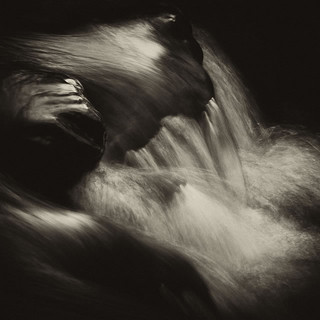 some. Bruiach pronounced broo-ee-ack is the small area in the village where I live. It encompasses farmland, moor, woods and central to this is the burn (stream) that runs through it. You’re forced to really explore your own back yard and the challenge is finding effective forms and compositions.
some. Bruiach pronounced broo-ee-ack is the small area in the village where I live. It encompasses farmland, moor, woods and central to this is the burn (stream) that runs through it. You’re forced to really explore your own back yard and the challenge is finding effective forms and compositions.
Initially I’d had the idea of working on a project, it was around exploring the depopulation of the Highlands and why many of our talents have to leave the area to find success in their chosen fields however this proved too ambitious and the idea wasn’t really clearly formed so I struggled with it. I chose instead to study the burn (stream) which is a constant presence and reference point when I’m out walking and at home where it passes a few feet from my back door. I like the idea of stumbling across little bits of magic that nobody else knows about let alone has photographed. The more I explored it the greater the idea of the burn as a metaphor of life. The tangled roots and stones that had been stranded there as the soil was washed away became the vital organs, muscle and ligaments of the body, the flow of the water, the blood in our body.
The Bruiach work has taken a few changes in direction as it goes along, from colour to ice, etc. Can you tell me a little about what prompted these changes?
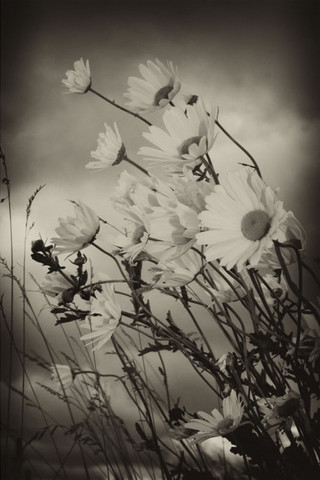 The bulk of work in the Bruiach project is in black and white. I’ve found that because many of them are long exposures of running water and for many of those colour doesn’t really play a large part. I’ve picked out the solid, fixed objects, the stones and roots to give the eye something to focus on. Occasionally however (especially in autumn) the colour of the leaves or the nuts and berries can’t be ignored. I wasn’t sure about introducing colour to the project but in black and white these elements become less recognizable. I don’t think you should be too strict when it comes to working on a project unless you’ve strictly set the parameters. The idea was the story of the burn and certain seasons lend themselves more readily to working in colour than monochrome.
The bulk of work in the Bruiach project is in black and white. I’ve found that because many of them are long exposures of running water and for many of those colour doesn’t really play a large part. I’ve picked out the solid, fixed objects, the stones and roots to give the eye something to focus on. Occasionally however (especially in autumn) the colour of the leaves or the nuts and berries can’t be ignored. I wasn’t sure about introducing colour to the project but in black and white these elements become less recognizable. I don’t think you should be too strict when it comes to working on a project unless you’ve strictly set the parameters. The idea was the story of the burn and certain seasons lend themselves more readily to working in colour than monochrome.
Could you tell us a little about the cameras and lenses you typically take on a trip and how they affect your photography?
I’ve used a Canon 40D now for a number of years which has an ISO down to 100. The majority of the burn shots are taken in low light or under the canopy of the woods so the light is usually low enough to give some long exposures. I’m often in the burn itself and wouldn’t like to take anything heavier or more expensive into that environment. A Canon 24-105mm L series lens is fine for the majority of shots and gives some great detail. It nearly always takes me close enough to the subject but if not I use a Sigma 50-500mm zoom, heavy to carry but useful to have.
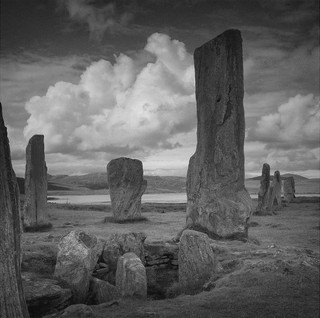 Many (if not most) of your photographs are black and white. Are you thinking about the end result whilst taking pictures (visualising the post processed image) or are you capturing raw material to think about later?
Many (if not most) of your photographs are black and white. Are you thinking about the end result whilst taking pictures (visualising the post processed image) or are you capturing raw material to think about later?
I think it’s a mixture of both. I’m looking for strong composures first of all but with some of the long water exposures you have no real control over how that composition is going to come out, it’s purely down to the flow of the water as to where the highlights and darker elements will be so it’s sometimes difficult to visualize the end result. It’s a randomness and chance element which I have little or no control over but adds to the excitement.
You have some beautiful black and white conversions. Do you use a specific method or specific software to convert your digital shots?
I’ve used Photoshop Elements for years and often look at the colour curves to try and reduce the contrast to a more even and consistent level so I have more control when I convert to black and white. I’ll occasionally select areas within the shot using the marquee tool and reduce the contrast even more to bring attention to an area of sharpness and interest before converting to black and white using Nik software’s “Silver Efex” it’s a wonderful tool for converting to monochrome.
Tell me what your favourite two or three photographs are and a little bit about them.
I love this shot of Glen Docherty contrary to what I’ve said about iconic locations this is one view you never get tired of. Taken on a cold and very wet September just the most fleeting break in the weather picked out the road as it snakes its way over to the west.
Shot at a really low angle, the fields of Killearnan is perhaps more representative of the work that I do. Shot 5 years ago in January it’s simply ploughed fields with trees in the distance but it illustrates clearly the idea that inspiring landscapes can be at your backdoor.
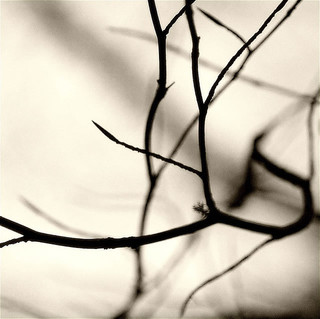 I notice that you have a couple of your photographs used as book covers. How did this come about and also how did you feel about the ‘modifications’ made to them?
I notice that you have a couple of your photographs used as book covers. How did this come about and also how did you feel about the ‘modifications’ made to them?
I sent some shot’s in to Trevillion Images a while ago and some of them have been bought. The modifications in a couple of them have been to add a figure into the shot which means that they pay less so my only real gripe is that I hadn’t the opportunity to do the same. Adding new elements to a shot is something I’m wary of but when it’s done well, why not. It’s about the end result surely?
Do you print much of your work? If so how have you approached it and if not, why not?
I don’t tend to print shots. It’s a whole new discipline to learn and there are so many options out there. If there was a local service I could go to and exercise some control over the process I’d be more inclined to do so. I spend so much time out with the camera it’s something I really need to move on to. Having shots backlit on a computer screen is all very well but will they stand up to providing quality fine art prints? It’s a test that I really need to go through!
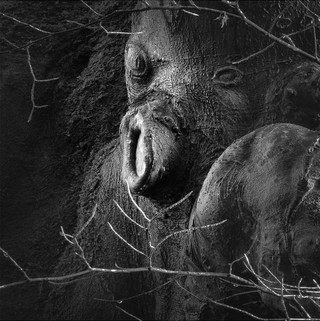 You are a fan of Henry Moore - how does Sculpture and other non-photographic arts influence your work?
You are a fan of Henry Moore - how does Sculpture and other non-photographic arts influence your work?
Moore was an avid collector of natural objects that had caught his eye, stones and pebbles, skulls and bones, driftwood and shells. I’ve a similar fascination with objet trouve; it’s about the organic forms that are sculpted by natural forces that I’m trying to represent in 2 dimensions. Combined with an implicit narrative about the age of things and how they form the landscapes and in turn, shape us and our understanding of the land. As I’ve said, a line from a novel or a piece of poetry can also offer inspiration. Annie Proulx author of The Shipping News, like Gunn, has that ability to describe a landscape in a completely sensuous and experiential way that makes it integral to the person and their experiences.
I hope that my photographs are as much about me and my understanding and interpretation of the landscapes that I experience. On some level they demonstrate empathy for the land.
What sorts of things do you think might challenge you in the future or do you have any photographs or styles that you want to investigate? Where do you see your photography going in terms of subject and style?
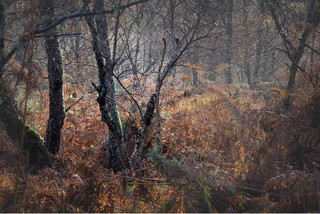 Challenges in the future? I think many of landscapes I’ve worked in scream out for a figure within them. I’ve always found photography to be a solitary process and I rarely plan or set up a shot so to work with models and costumes that would be a real challenge. I’d like to try adding that human element in some way.
Challenges in the future? I think many of landscapes I’ve worked in scream out for a figure within them. I’ve always found photography to be a solitary process and I rarely plan or set up a shot so to work with models and costumes that would be a real challenge. I’d like to try adding that human element in some way.
Who do you think we should feature as our next photographer?
Jason Theaker always has some interesting work and thoughts if you’ve not featured him already!
http://www.flickr.com/photos/photoimage/

